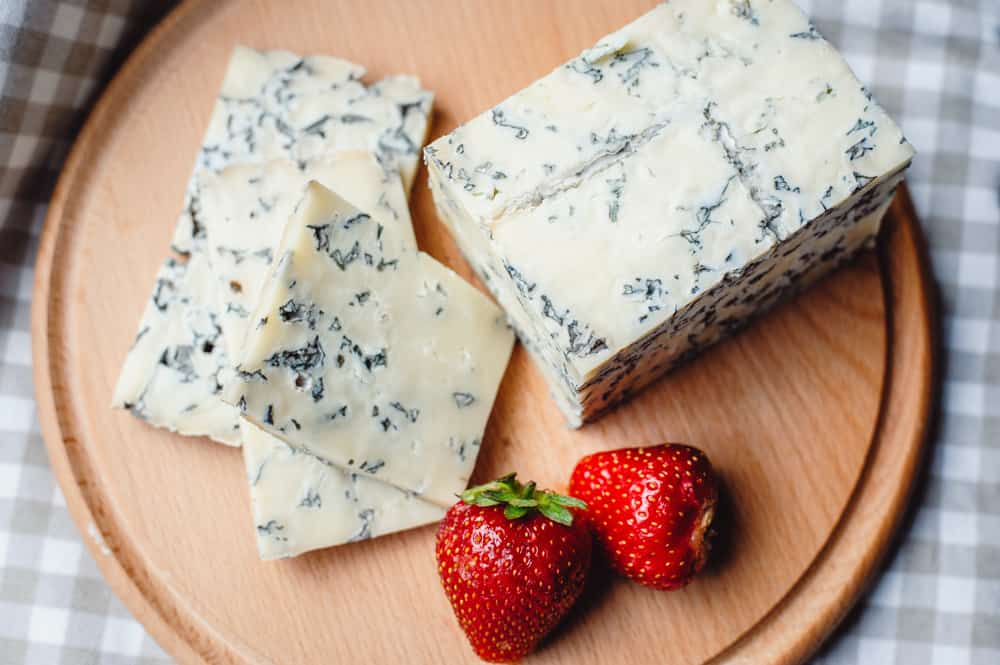

Although today appreciated beyond France's borders, Bleu d'Auvergne modestly began its life as a popular cheese in the 19th century in the region whose name it bears.
It was in central France that a cheesemaker, inspired by the Roquefort cheese created by serendipity in the 11th century, decided to experiment with the addition of mold spores during the manufacturing process of his cow's milk cheese.
Antoine Roussel found that this added a unique flavor complexity to the (already very wide) range of French cheeses. A distinctive flavor, generally described as strong and piquant, combined with a texture ranging from creamy to crumbly to grainy, depending on the stage of ripening, and an aesthetically marbled blue-veined paste.
Whether in terms of taste, sight or smell, this cheese, which spontaneously evokes the mountains and pastures of the Auvergne and is made from cow's milk (original recipe) or sheep's milk, leaves no one indifferent.
Aged under subtle conditions of humidity and temperature, for a minimum of 4 weeks to allow all the flavors to develop and result in an appetizing creamy texture, Bleu d'Auvergne is generally produced in cylindrical wheels and often sports a natural bloomy rind.
Like Roquefort, another popular blue-veined cheese, it has now been awarded the AOC label. Producers, exclusively from the Auvergne region, must respect the cheese's historical production methods (in particular, its manufacturing and maturing processes) and the use of very specific ingredients to guarantee the quality and authenticity of the product offered to consumers.
Consumers in France and around the world are sure to be delighted with this unusual cheese!
Bon appétit.
Valérie from Comme des Français
-----
Continue reading with these articles